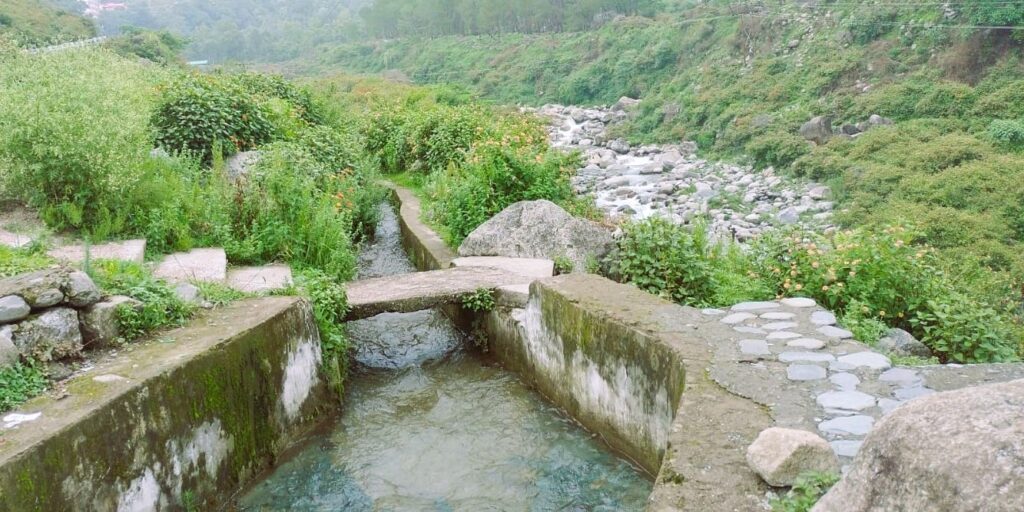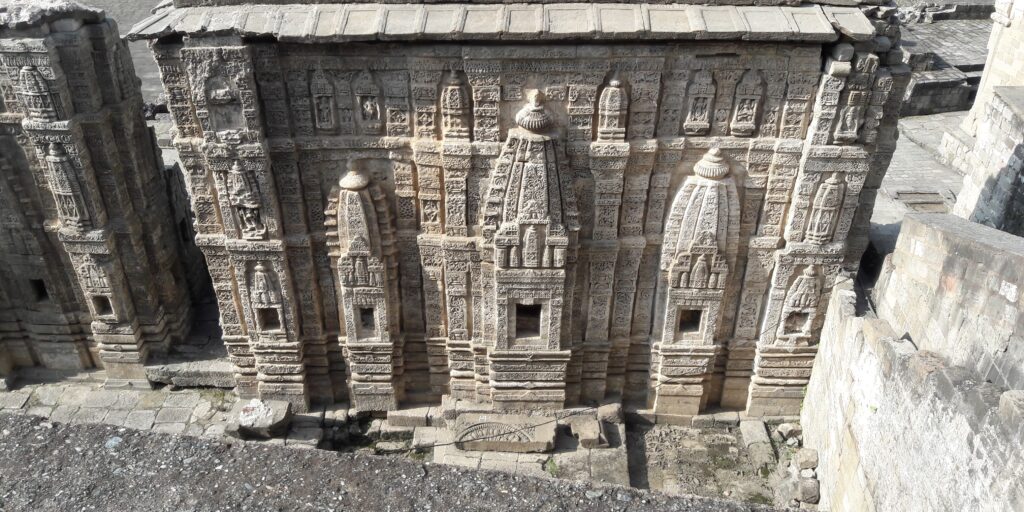Boweri/Baoli/Baori/Baudi in Himachal Pradesh is one of the oldest traditional and cultural heritage water system was once an important drinking water source in Kangra valley. The Boweris are step type structure generally rectangular in shape, constructed to collect water around the natural flowing springs. Generally, local hidden actors covered Boweris by roof top to preserve the water source. This reflects participatory behavior and shows best example of communities managed water system in Himalayas. The water is generally used for drinking. Boweris are one of the oldest drinking sources for many years until tap water was available in the valley. The Himalayan communities show, how nature-based solutions can be utilized to enhance the livelihoods of valley dwellers. Therefore, Boweris are also an excellent example of transforming wisdom. In an estimate, hundreds of Boweris exits in the Kangra valleys, but the springs are now on the verge of dying.
Importance of Boweris
Boweris are empowering communities and ecosystems in the valley. The springs water supplies substantial water to the rivers ensuring river water to flow throughout the year. Furthermore, groundwater resource in the region is not enough to accommodate drinking demand for all. Therefore, Boweris plays a vital role in reducing groundwater dependency and one of the fresh water resources existing in the valley. The fresh water resource is empowering communities, combatting water and food scarcity. Boweris are smarter solutions under rapid climate change scenario ensuring sustainable water resources availability. Because traditional water system-built water resilient communities. However, some springs are now completely dried while others have low discharge. Presently, Boweris are still reliable drinking water source in the valley.
Reasons for dying up of Boweris
Unsurprisingly, springs are vulnerable to climate change. Erratic rainfall and rapid climate change impacting spring water flow. Therefore, most of the springs are now out of water during lean season. Further, rapid urbanisation in Himalayas, resulting in neglecting springs sources. Maintenance of Boweris is neglected due to lack of interest as city dwellers are shifting towards tap water but tap water supply is inadequate and many times unreliable in providing water to every valley dweller. Therefore, underscoring the growing water demand in the valley.
Conclusions and Recommendations
It is imperative to maintain Boweris to combat water scarcity and enhance livelihoods of the communities. The water resource is important in bridging the nature-policy-practice interface. Boweris reflects community’s wisdom in managing water system for their livelihoods. Communities should revive the springs, otherwise valley dweller has to pay for inaction. An improved understanding of Boweris will be imperative to conserve the natural water system. The traditional water system is best example of what Global South can learn from Himalayan water system. Thus, revival of springs is imperative and should be regularly monitored, evaluated and managed wisely. Protecting and restoring Boweris requires best management practices involving stakeholders and the local community. Therefore, best practice and policy of water resource conservation is required for fostering resilient water future in the valley.
Writer email (shakiriitb@gmail.com)





